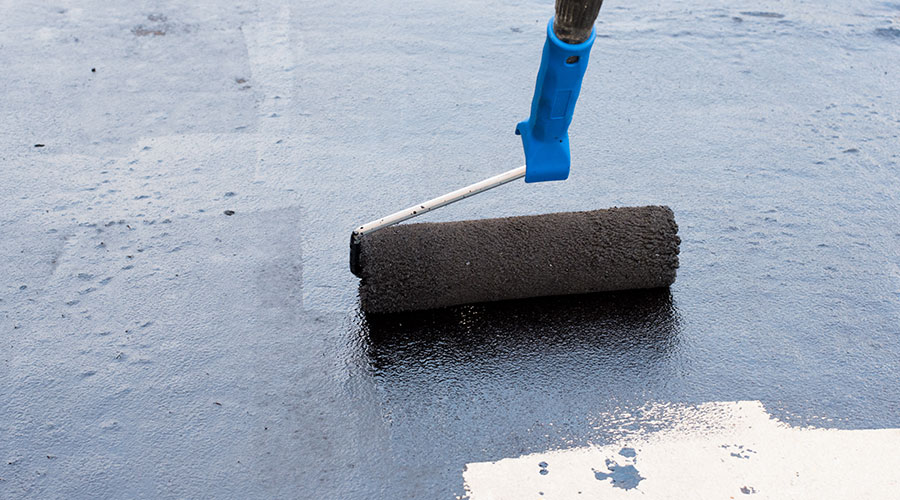 Roof inspection programs can be more effective if technicians perform regular roof management, which includes removing debris and cleaning around drains.
Roof inspection programs can be more effective if technicians perform regular roof management, which includes removing debris and cleaning around drains.Knowing When To Perform Roof Inspections
Roof inspection programs can be more effective if technicians perform regular roof management, which includes removing debris and cleaning around drains.
Managers need to keep track of four annual milestones that are critically important to the success of any roof inspection program. Trained facility personnel should perform two of these inspections, and experienced personnel with years of professional training in the roofing industry should perform the other two.
The first of these milestones is the monthly roof walk, which should be performed by trained facility personnel and entails a thorough visual inspection of all roof sections. During this inspection, the technician should inspect the condition of each roof section, looking for cuts, punctures, tears, and other physical damage.
The inspector should observe and photograph the general appearance and cleanliness of each roof section, documenting the conditions and noting needed repairs. Immediately addressing any problems reduces the amount of damage to the roof, insulation and decking below.
Keeping a record of every roof walk is an important part of the monthly inspection. Also, as the weather changes, monthly roof walks need to include observations regarding ice and snow loads, as well as additional cleaning to ensure drains and scuppers remain free of obstructions.
In addition to monthly roof walks, a technician should perform the same inspection procedure after every heavy thunderstorm or tropical storm, checking the condition of the membrane for damage from blowing debris or high winds.
During this inspection, it is highly probable that any damage may be covered under the owner’s builders risk policy, but many insurance carriers have time limits from the date of the storm.
The next milestone occurs later in the calendar year at the six-month mark after the initial inspection. A certified industry professional with extensive experience in the roofing industry, such as a registered roof observer or a registered roof consultant, should conduct this more thorough and intensive inspection. The inspector provides a detailed condition observation, notes trends, and presents a written report with photos. The report provided by the professional roof inspector includes a brief summary of the roof system’s condition.
The last milestone occurs at the end of the 12-month period from the initial inspection. A certified industry professional with years of diagnostic experience should perform this inspection, which focuses on the same condition observations as the semi-annual inspection. But the written documentation for this annual inspection should be much more comprehensive and include a five-year budget forecast plan with a detailed report on recommended corrective action.
Related Topics:















